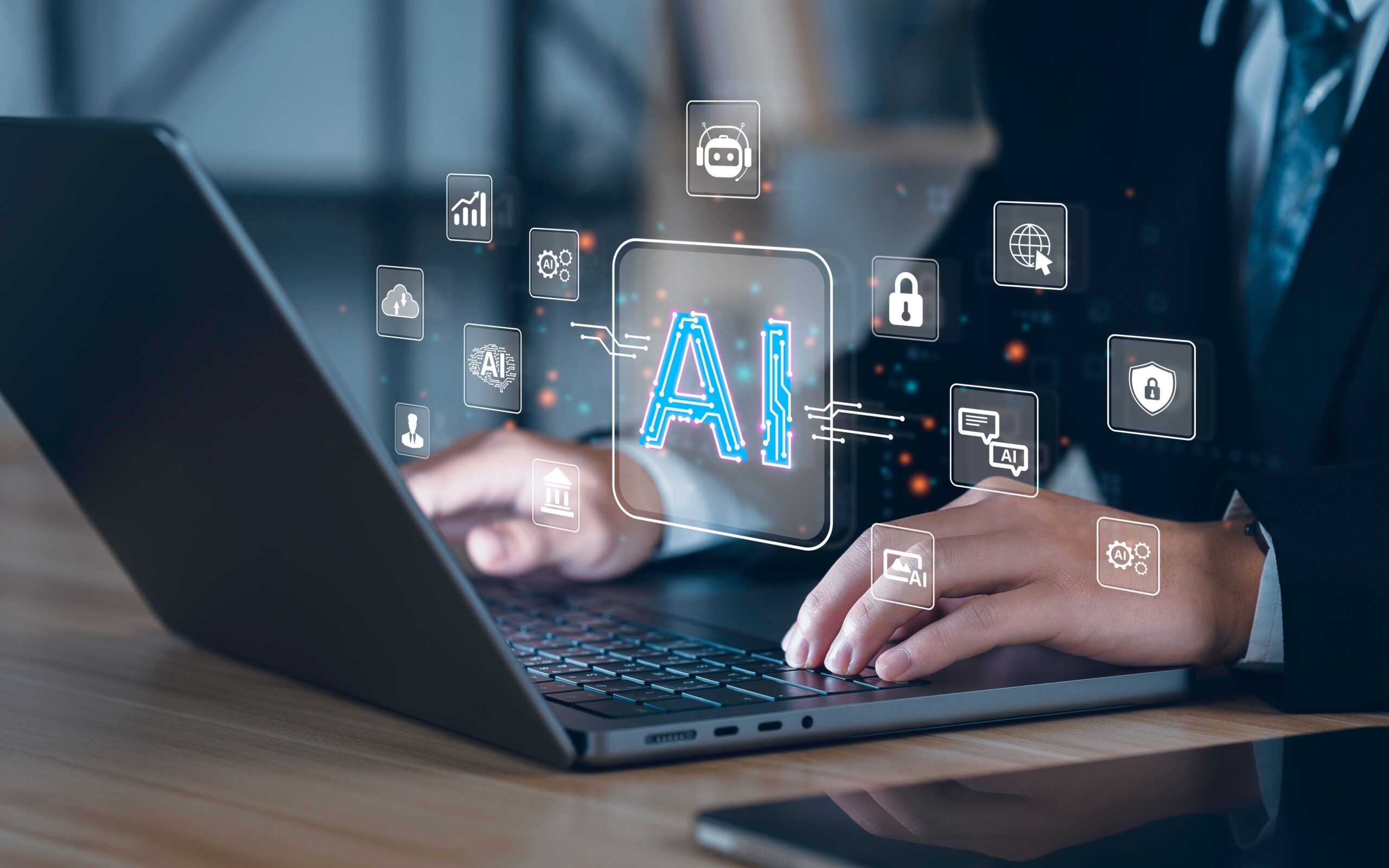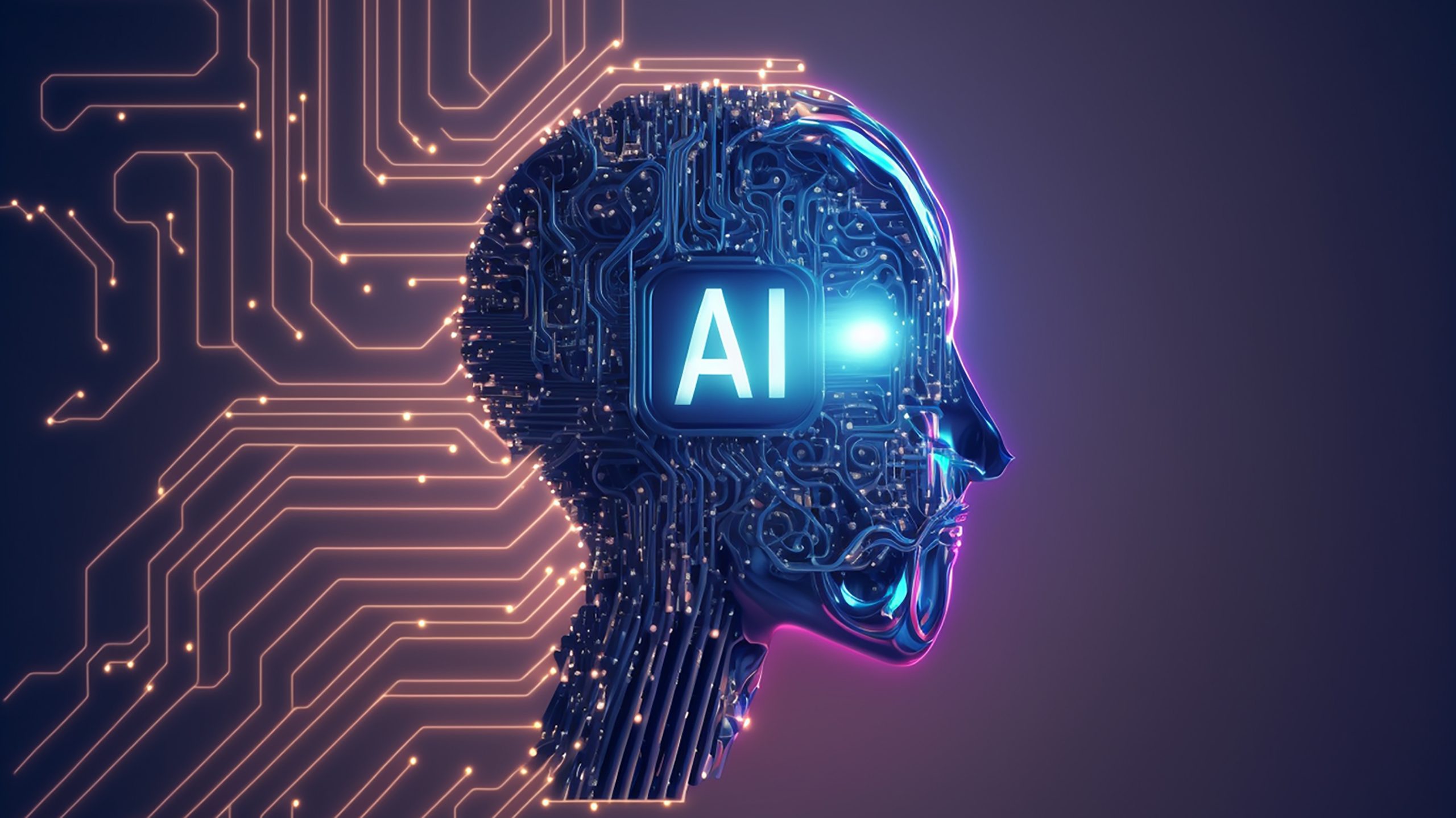Software development is currently facing two movements – its cutting-edge boundaries are being pushed forward by AI, and its low-hanging fruit is being swept up by AI too. From both ends, the industry is being pincered with upgrades to workflows that allows managers to streamline their team and workflow.
Modern AI tools are not just supplementing, they’re increasingly capable of reshaping how developers write, test, debug and deploy code.
Code generation and completion
The transition began with traditional integrated development environments (IDEs) offering basic autocomplete features, but today’s AI tools are taking autonomy to new levels. GitHub Copilot, ChatGPT, and the like are can of course generate entire functions and classes.
It’s currently able to one-shot small but complete applications based on natural language descriptions, making prototyping much faster.
The impact on productivity is measurable. Developers report completing coding tasks 30-50% faster when using AI assistants, with the most gains seen in routine programming tasks, documentation generation and code refactoring. This is the low end, but at the other end, we’re seeing increasingly complex solutions.
Debugging and code quality
Debugging has historically been one of the most time-consuming aspects of software development. AI debugging tools are changing this dynamic by providing intelligent analysis of error patterns, suggesting potential fixes, and even predicting where bugs are likely to occur before they manifest.
They can analyze code repositories, but they can also be let loose in control of browsers and desktops to simulate user behavior – clicking around, identifying errors as they go.
Static analysis tools driven by machine learning can now detect very subtle security vulnerabilities and performance bottlenecks. This is stuff that humans may have missed.
The National Institute of Standards and Technology has recognized the importance of AI in cybersecurity and quality assurance, with a positive ROI expected when used in this space given the challenge of threats becoming more sophisticated and novel.
Quality assurance
Automated testing has been a core part of development for a long time, but AI is taking it to new heights. Intelligent test generation tools can analyze entire codebases and automatically create comprehensive test suites, identifying edge cases and potential failure points.
Again, it’s not just about replacing human labor, it’s that humans may have missed some things, and so it’s an additional layer to improve overall quality.
AI testing tools can adapt with the codebase as it changes, automatically updating tests when code alterations are made. So, test coverage is maintained without constant manual intervention.
Knowledge management
Documentation is another bane for many developers, often viewed as a necessary evil that takes time away from actual coding. AI tools, again, are radically changing the game by making documentation generation effortless – perhaps even enjoyable.
Modern AI can instantly analyze code and generate clear documentation, especially if it’s already had a hand in the code generation, which provides further context. It can explain complex functions and document APIs with clear user guides.
Democratizing advanced development practices
One of the most significant impacts of AI tools is that they have a democratizing effect on advanced development practices. DevOps workflows, cloud architecture design and performance optimization were all once the domain of specialists, but are becoming accessible to a broader range of developers.
This means that devs can have a broader skillset, as they can weaponize these skills through rapid automation and code generation.
Junior developers can now implement sophisticated deployment pipelines with the help of AI, though there does need to be some concern around technical debt.
According to research published by the Institute of Electrical and Electronics Engineers, leaning on AI during development is reducing the learning curve for complex technologies and enabling smaller teams to tackle projects that would have previously required larger, more specialized teams.
Ultimately, this only increases competition from the ground up in markets, which have otherwise previously had obstacles of entry, like high development costs and lengthy deployment timelines.
Collaborative intelligence
The future of developer productivity lies not in AI replacing human developers, though this may also happen to some junior developer roles. Instead, the true needle-mover will be in creating a collaborative intelligence model where AI handles routine tasks while humans focus on creative and strategic work.
This partnership is already evident in how developers use AI tools, as seen in platforms like Contentsquare, which blends AI insights with human decision-making to improve digital experiences. Though we can’t foresee exactly how these tools will be used once their capabilities increase, their impact is already being felt.
Despite the remarkable benefits, the integration of AI tools into development workflows comes with many challenges, and so developers must learn to work effectively with AI assistants and not become reliant on them – or place too much trust in their code generation.
For juniors, it is more of a tool to analyze your own code rather than outsource it, else you will build up technical debt. For DevOps and other senior roles, AI will be mostly a tool to reduce documentation and debugging, increasing the accuracy of Quality Assurance, and ultimately a tool to create better quality products at a lower cost.


